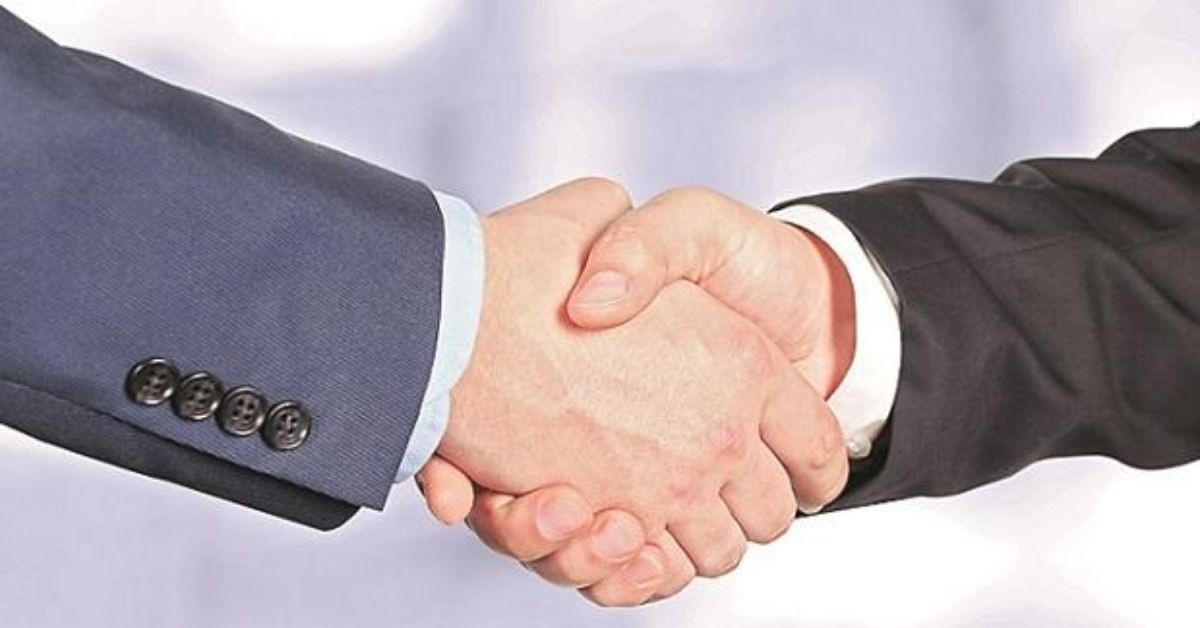With a number of countries approaching India for negotiating bilateral free trade agreements (FTAs) to boost economic ties, the commerce ministry is looking at ways to increase its bandwidth for undertaking these time and human resource consuming talks, a senior official said. The commerce ministry officials at present are negotiating several FTAs with countries including the UK, Canada and European Union.
“Negotiations are really time consuming and energy consuming and human resource consuming. Therefore, we are trying to increase the bandwidth within the commerce department,” the government official said.
Indian trade service officers are expected to be engaged more in the negotiations of free trade agreements.
Latin American countries such as Peru are also interested in doing an FTA with India and India is also looking deeply into that, the official said.
South American trade bloc MERCOSUR is also keen to expand the scope of existing preferential trade agreements to an FTA. India and the GCC (Gulf Cooperation Council) group is also looking to negotiate a trade pact.
India has also expressed an interest to do these negotiations bilaterally or individually with Africa.
MERCOSUR comprises Brazil, Argentina, Uruguay and Paraguay with Bolivia and Chile as associate members. It was formed in 1991 with the objective of free movement of goods, capital, services and people in the region.
In trade agreements, two or more countries either significantly reduce or eliminate customs duties on the maximum number of goods traded between them. Besides, they also ease norms for promoting trade in services and increasing investments.
According to a trade expert, in an FTA, the department of commerce leads the team. The important ministries which are involved in these negotiations include the departments of revenue, chemicals, pharma, fertiliser, textiles, heavy industries, and the department for promotion of industry and internal trade (DPIIT).
As new subjects like e-commerce, labour, environment, gender and sustainability are entering into these agreements, officers dealing with these issues from different ministries are playing an important role in the negotiations.
Institutes like Centre for WTO Studies, private experts and lawyers too get engaged in these talks.
The commerce ministry is planning to restructure the department and as part of that, there is a proposal to set up a Global Trade Promotion Organization (GTPO).
GTPO is a key recommendation of a report for revamping the Department of Commerce. GTPO is expected to play a key role in future export promotion initiatives in the country. The proposed body would be manned by the trade service officers at key positions, it added.
Another expert said that the government officials involved in these negotiations should carefully listen to the views of all the stakeholders and then act accordingly.
“There should be a clear strategy and roadmap to negotiate these FTAs. It should not be the case that if the officer incharge gets transferred to another department, the strategy of negotiations changes and that is the fundamental issue,” the expert, who did not wish to be named, said.
Trade negotiations with partner countries is a dynamic and continuous process for obtaining better market access for India’s exports and other business opportunities.
India has signed 13 free trade agreements with countries like Japan, Korea, and the UAE and six preferential pacts so far with its trading partners for ensuring greater market access for domestic goods and promoting exports. The country has recently signed three such agreements with Mauritius, the UAE and Australia.
In all the FTAs, the core subjects which are negotiated include trade in goods, services; rules of origin; technical barriers to trade and sanitary and phyto-sanitary measures; customs procedures and trade facilitation; trade remedies; legal and institutional issues; and movement of professionals.
In these chapters, the main focus is on getting greater market access.
The additional subjects in a trade pact include sustainability (environment, labour); Geographical Indications (GIs); Intellectual Property Rights (IPRs); digital trade or e-commerce; government procurement; competition; gender; SMEs; anti-corruption; transparency; innovation; trade and development cooperation; and good regulatory practices.
In these areas, FTA partners focus on harmonizing domestic regulations.
Core subjects are negotiated in all FTAs. Additional subjects are picked and chosen and decided mutually. EU, UK trade agreements include most of the additional subjects.
Global Trade Research Initiative (GTRI) Co-founder Ajay Srivastava said that India before “saying yes” to new negotiations must make an assessment of how much will India’s exports increase post-FTA.
“The term to focus on is Real Additional Market Access (RAMA). RAMA is the export value of Indian products where non-zero MFN (most favoured nation) duty in partner countries becomes zero post-FTA, and as a result product becomes cheaper than the price charged by the nearest competitor,” he said.
Srivastava added that RAMA gives a common sense understanding of the likelihood of an increase in exports post-FTA. “India’s weak export performance with FTA partners should not surprise us. It happened because of high tariffs in India and significantly lower tariffs in its FTA partners. We could have anticipated the results even before the signing of the agreements,” he said.







